Polestar Precept Concept Lands, Previews Future Models

While many are still under the impression that Chinese automakers will never manage to wrangle the North American automotive market, Geely’s ownership of Volvo Cars and Polestar has already proven them wrong. The Chinese manufacturer purchased Volvo in 2010, with savory bodywork and sumptuous interiors doing much of the heavy lifting with consumers. Performance-focused Polestar wasn’t purchased until a few years later, but the theme remained largely the same — move toward electrification, don’t forget about safety, and try to build the sexiest car possible while maintaining an aura of respectability.
So far, it’s worked rather well. Polestar is now eager to drive that message home via its new Precept concept vehicle. The company claims the car reveals “a vision of the brand’s future direction and a clear expression of intent.” Since we’re fluent in marketing speak, we’re pleased to tell you that sentence is not entirely meaningless.
The Precept supposedly adheres to the brand’s core values — “pure, progressive and performance,” in case you were wondering. For obvious reasons, we can gloss over “pure.” “Progressive,” when uttered by a large company, typically indicates some form of environmental and/or ethical appeasement. On the four-door Precept, that means complete electrification and an impressive amount of recycled materials used in its (hypothetical) construction.
It’s doubtful the laundry list of detailed items will make it to any production model, though it does show Polestar is considering how materials could be reused for automotive applications. We’ve seen other manufacturers do something similar with production EVs already, so this isn’t new territory. Polestar has just taken this idea to the extreme with its concept vehicle.
From Polestar:
Sustainable new interior materials balance modern high-tech luxury with reduced environmental impact. Bcomp’s flax-based composites for interior panels and seatbacks offer significant improvements over conventional materials, including up to 50 [percent] saving in weight and up to 80 [percent] reduction of plastic waste.
Seat surfaces are 3D-knitted from recycled PET bottles, bolsters and headrests are made from recycled cork vinyl, while carpets are made from reclaimed fishing nets. These elements, combined with digital artistry, define a new premium luxury that surpasses the conventions of leather, wood and chrome.
The rest is a buffet of technology. There’s a LIDAR pod to underpin Polestar’s claims of self-driving capability, cameras replacing mirrors, proximity sensors to assist with motion controls, eye-tracking cameras (always glued to the driver) to shift important screens to wherever you look (and to presumably to aid in autonomous safety), a portrait-oriented 15-inch center touch screen with advanced Google integration and loads of ways to digitally personalize the cabin.
Of course, the best part is the design. Polestar describes the exterior as “minimalistic athleticism” — a suitable term. Major design changes that could influence future production models include tweaked Mjölnir headlamps and body creases that add some edge — both figuratively and literally. The Precept has climbed Mount Sexy without risking its footing through gregarious additions. While the manufacturer said loads of work went into the vehicle’s aerodynamics, there’s no gaping maw or towering spoiler to push the otherwise aggressive design into the realm of ridiculousness. You could probably drive it to a funeral without accidentally stealing the show.
But is this concept just a showpiece to highlight the capabilities of Polestar’s design team … or are they seriously going to try and take this idea and run with it? According to Polestar’s leadership, it’s the latter.
“Precept is a declaration, a vision of what Polestar stands for and what makes the brand relevant,” said Thomas Ingenlath, CEO of Polestar. “The car is a response to the clear challenges our society and industry face. This is not a dream of a distant future, Polestar Precept previews future vehicles and shows how we will apply innovation to minimise [sic] our environmental impact.”
It’ll take more than a digitally rendered automobile to achieve those goals, which isn’t to say we don’t want to see Polestar take a whack at it. And if they look half as good as the Precept, we doubt people will complain when it turns out the factory didn’t use quite as many recycled materials as they set out to. They’re buying into the green dream, and the Precept certainly seems like a pleasant one.
[Images: Polestar]

A staunch consumer advocate tracking industry trends and regulation. Before joining TTAC, Matt spent a decade working for marketing and research firms based in NYC. Clients included several of the world’s largest automakers, global tire brands, and aftermarket part suppliers. Dissatisfied with the corporate world and resentful of having to wear suits everyday, he pivoted to writing about cars. Since then, that man has become an ardent supporter of the right-to-repair movement, been interviewed on the auto industry by national radio broadcasts, driven more rental cars than anyone ever should, participated in amateur rallying events, and received the requisite minimum training as sanctioned by the SCCA. Handy with a wrench, Matt grew up surrounded by Detroit auto workers and managed to get a pizza delivery job before he was legally eligible. He later found himself driving box trucks through Manhattan, guaranteeing future sympathy for actual truckers. He continues to conduct research pertaining to the automotive sector as an independent contractor and has since moved back to his native Michigan, closer to where the cars are born. A contrarian, Matt claims to prefer understeer — stating that front and all-wheel drive vehicles cater best to his driving style.
More by Matt Posky
Latest Car Reviews
Read moreLatest Product Reviews
Read moreRecent Comments
- Lou_BC Let me see. Humans are fallible. They can be very greedy. Politicians sell to the highest bidder. What could go wrong?
- SPPPP Vibrant color 9 times out of 10 for me. There may be a few shapes that look just right in metallic gray, for example. There are a few nices ones out there. And I like VW "White Silver". But I'd usually prefer a deep red or a vibrant metallic green. Or a bright blue.
- 28-Cars-Later Say it ain't so, so reboot #6* isn't going to change anything?[list=1][*]V4-6-8 and High "Tech" 4100.[/*][*]Front wheel drive sooooo modern.[/*][*]NOrthSTARt.[/*][*]Catera wooooo.[/*][*]ATS all the things.[/*][*]We're *are* your daddy's Tesla. [/*][/list=1]
- MaintenanceCosts Can I have the hybrid powertrains and packaging of the RAV4 Hybrid or Prime with the interior materials, design, and build quality of the Mazda?
- ToolGuy I have 2 podcasts to listen to before commenting, stop rushing my homework.



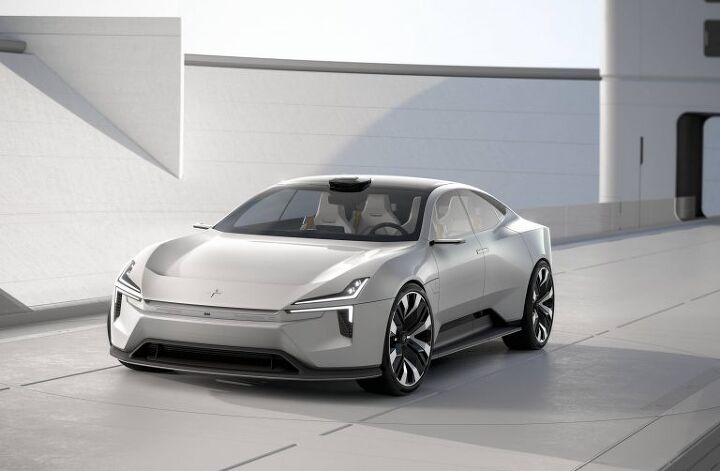



















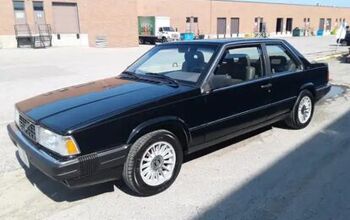

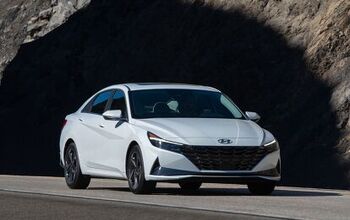
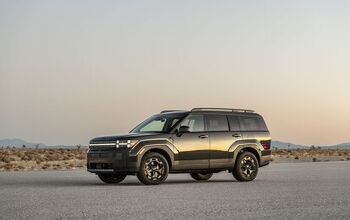
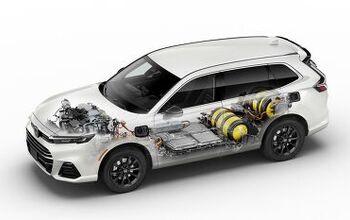






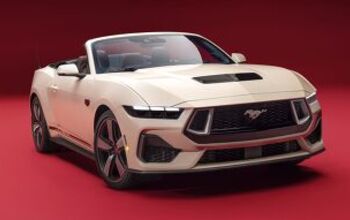

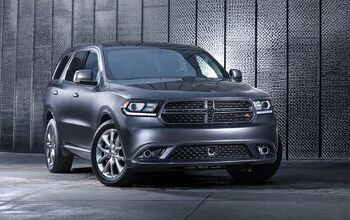
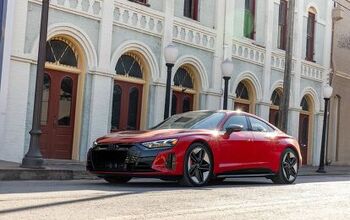
Comments
Join the conversation
“Recycled cork vinyl” ? ? And all along I thought those rascals at “The Onion” were gone.
I trust the near full transparent roof will have an auto/manual dimming/shading feature. Nice looking vehicle overall, but I would not like the idea of baking in the sun without some option to diminish the solar warming. Recycled cork vinyl, indeed!